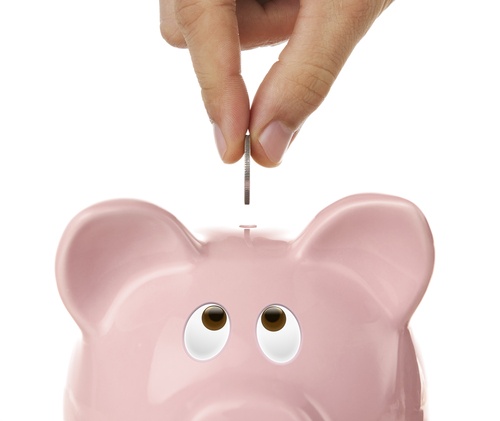
A critical step in buying a home is making the down payment. And for many homebuyers, saving for the down payment can be the biggest obstacle to overcome. But how much do you really need for a down payment? Let’s take a closer look.
What is a down payment?
A down payment is the money that a buyer pays to a seller in order to secure the home purchase. Down payments are usually calculated as a percentage of the total price of a home. The remainder of the purchase price is either paid in cash or through a home loan. Most lenders require that homebuyers make some kind of down payment in order to buy a home.
Down payment requirements
While a general rule of thumb is to pay at least 20 percent of the purchase price for your down payment, this can vary by the kind of loan you receive. Here’s a look at the down payment requirements for some of the most common types of home loans:
- FHA loans – FHA loans are backed by the Federal Housing Administration. You can pay as little as 3.5 percent for the down payment on an FHA loan. But be aware that if your credit score is between 500 and 579, you’ll pay at least 10 percent for a down payment.
- VA loans – VA loans are backed by the U.S. Department of Veteran’s Affairs. In order to qualify for a VA loan, buyers must either be active members of the military or a surviving spouse. No down payment is required for a VA loan.
- USDA loans – USDA loans are backed by the U.S. Department of Agriculture. These loans are for both suburban and rural buyers who meet certain eligibility requirements such as income. USDA loans also require no down payment.
- Conventional loans – Conventional loans that follow the guidelines set by Fannie Mae and Freddie Mac require as little as three percent for a down payment.
Making a larger down payment
For many homebuyers, saving the money for a down payment can take months or even years. That’s what can be so enticing about loans that require a low or no down payment. Smaller down payments allow you to buy a home more quickly. However, it’s important to know that making a larger down payment has many advantages. If you make a larger down payment you’ll qualify for better interest rates on the loan. You’ll also have lower fees and a lower monthly mortgage payment. And you’ll have more equity in your home from the very beginning. Also keep in mind that any down payment less than 20 percent will require you to purchase private mortgage insurance since lower down payments mean bigger risks for the lender.
What’s the best strategy for you?
Deciding how much to pay for a down payment really depends on your unique financial situation. It’s affected by your age, your income, how much debt you already have, and how much you have saved. There are online tools you can use to determine how the down payment will affect your monthly mortgage payment. And be aware that you can use monetary gifts from family members, which can help you reach your down payment goals faster.
Compliments of Virtual Results






 Catch Our Feed
Catch Our Feed Subscribe via Email
Subscribe via Email Follow Our Tweets
Follow Our Tweets Friend Us On Facebook
Friend Us On Facebook Watch Us On Youtube
Watch Us On Youtube